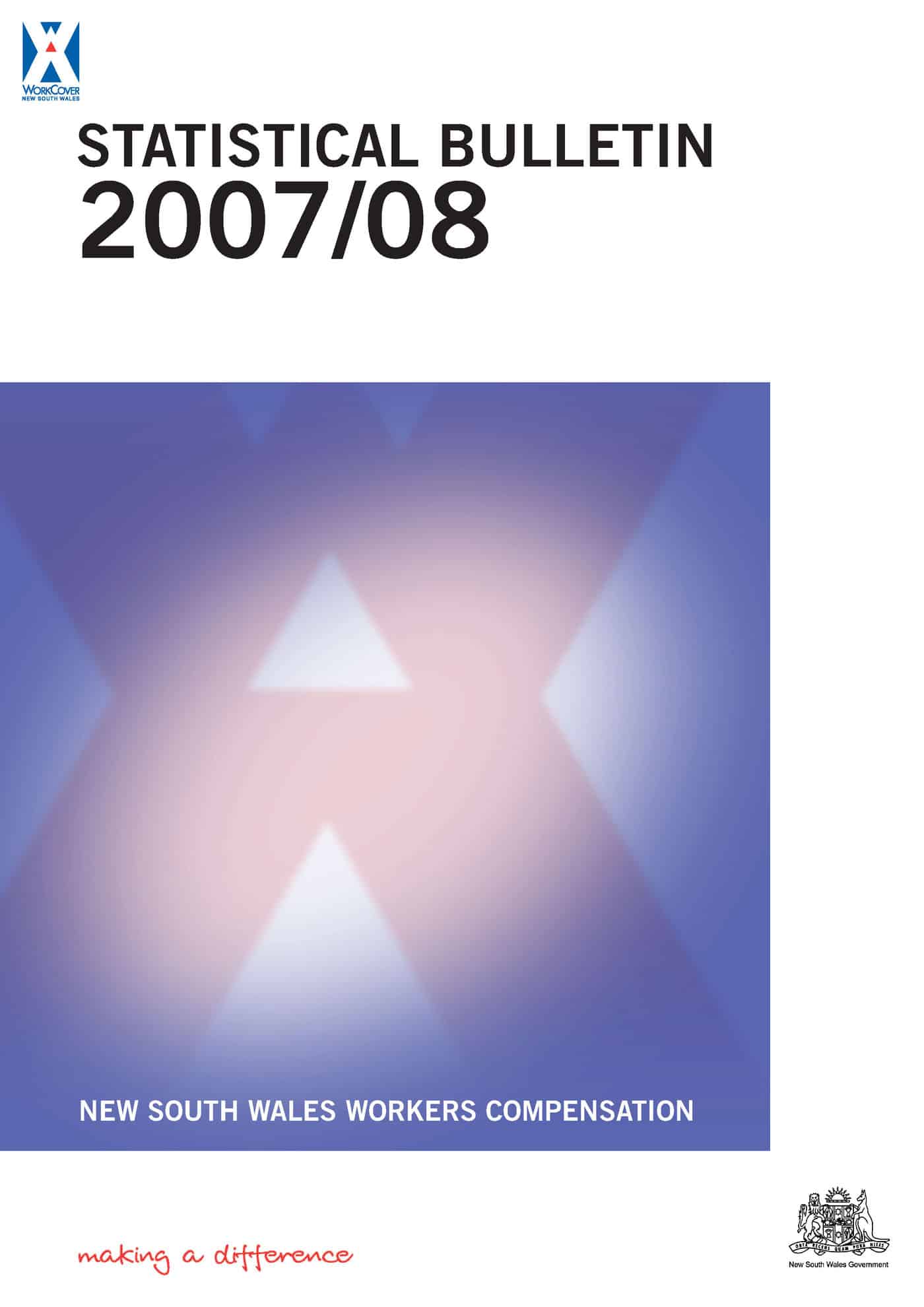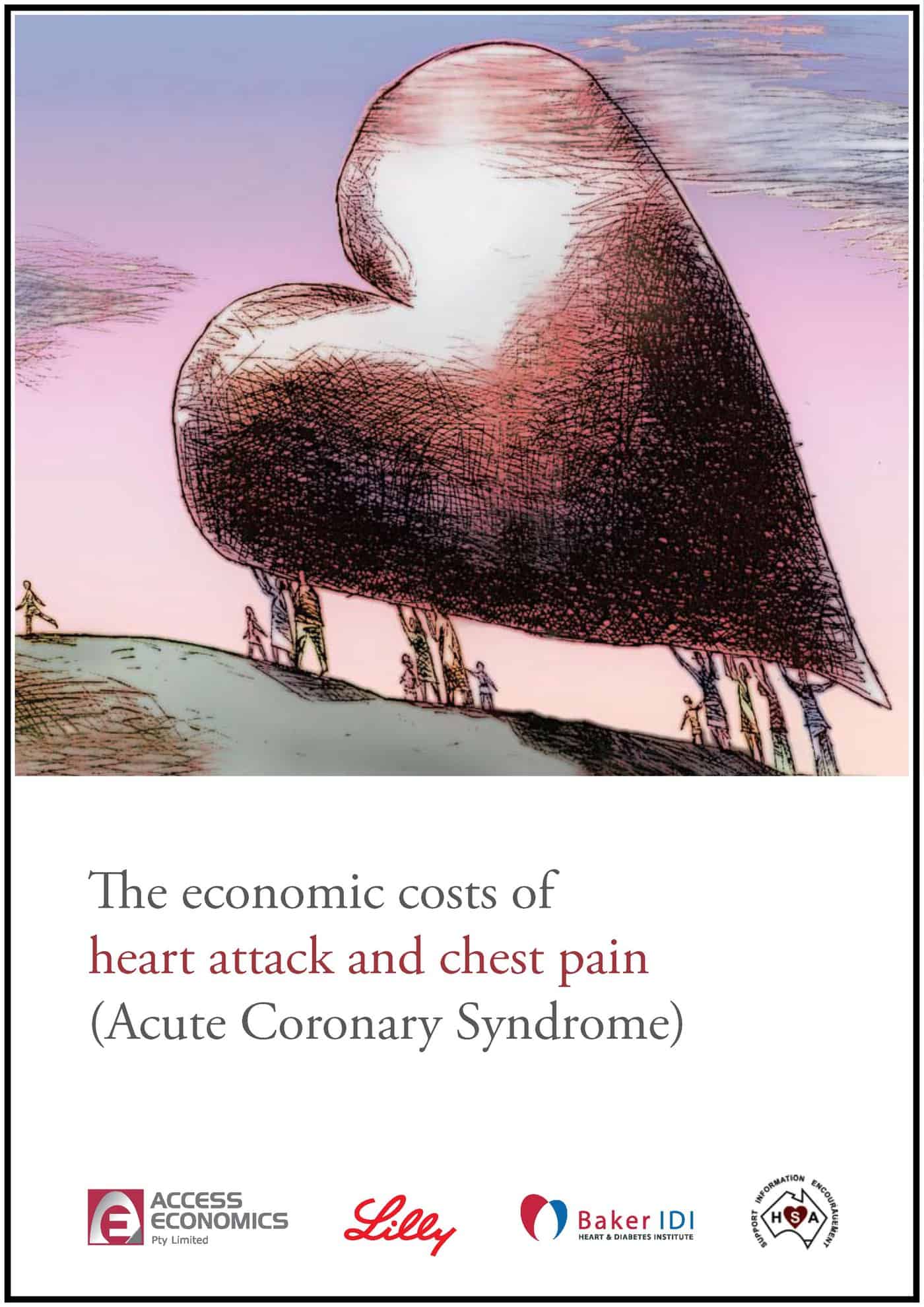The home insulation debate in Australia is fragmenting. Workplace safety is one of the chunks of debate heading in an unknown direction (political safety goggles anyone?) The Australian newspaper included an article on 19 February 2010 that, although coming from the insulation sector, illustrates a dominant misunderstanding by small businesses.
The proprietor has run many businesses in a range of industries but he clearly has little understanding of his OHS obligations as he denies any responsibility for the death Matthew Fuller, an employee of the firm he contracted to undertake insulation installations, QHI Installations. The proprietor states the reason is that “we did not employ him.” Continue reading “Small business OHS shortcomings”







